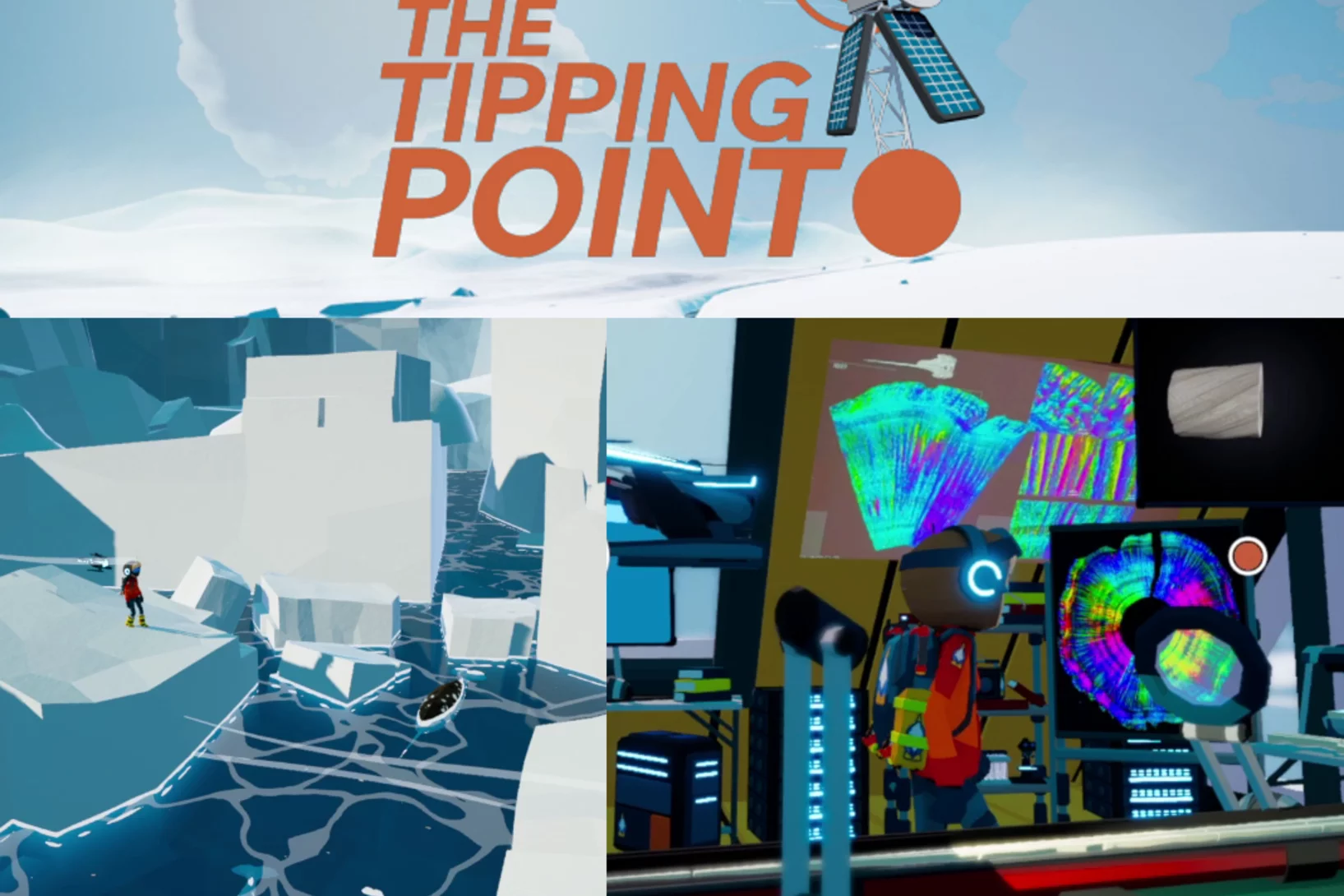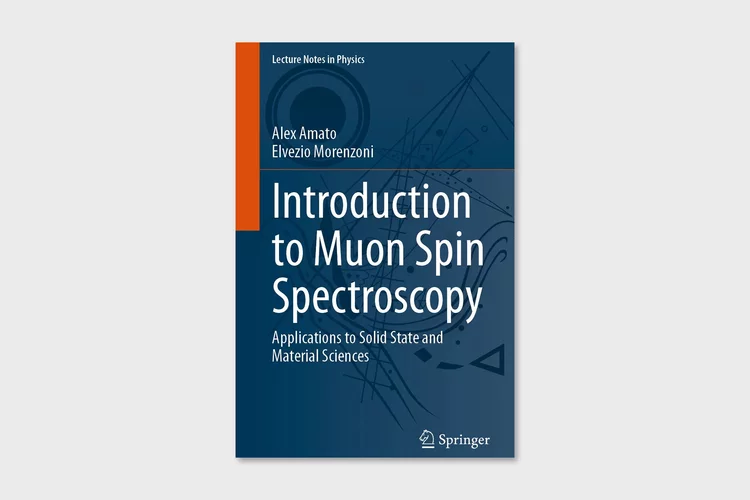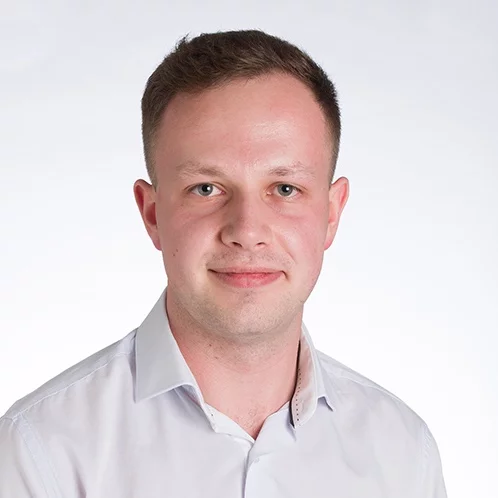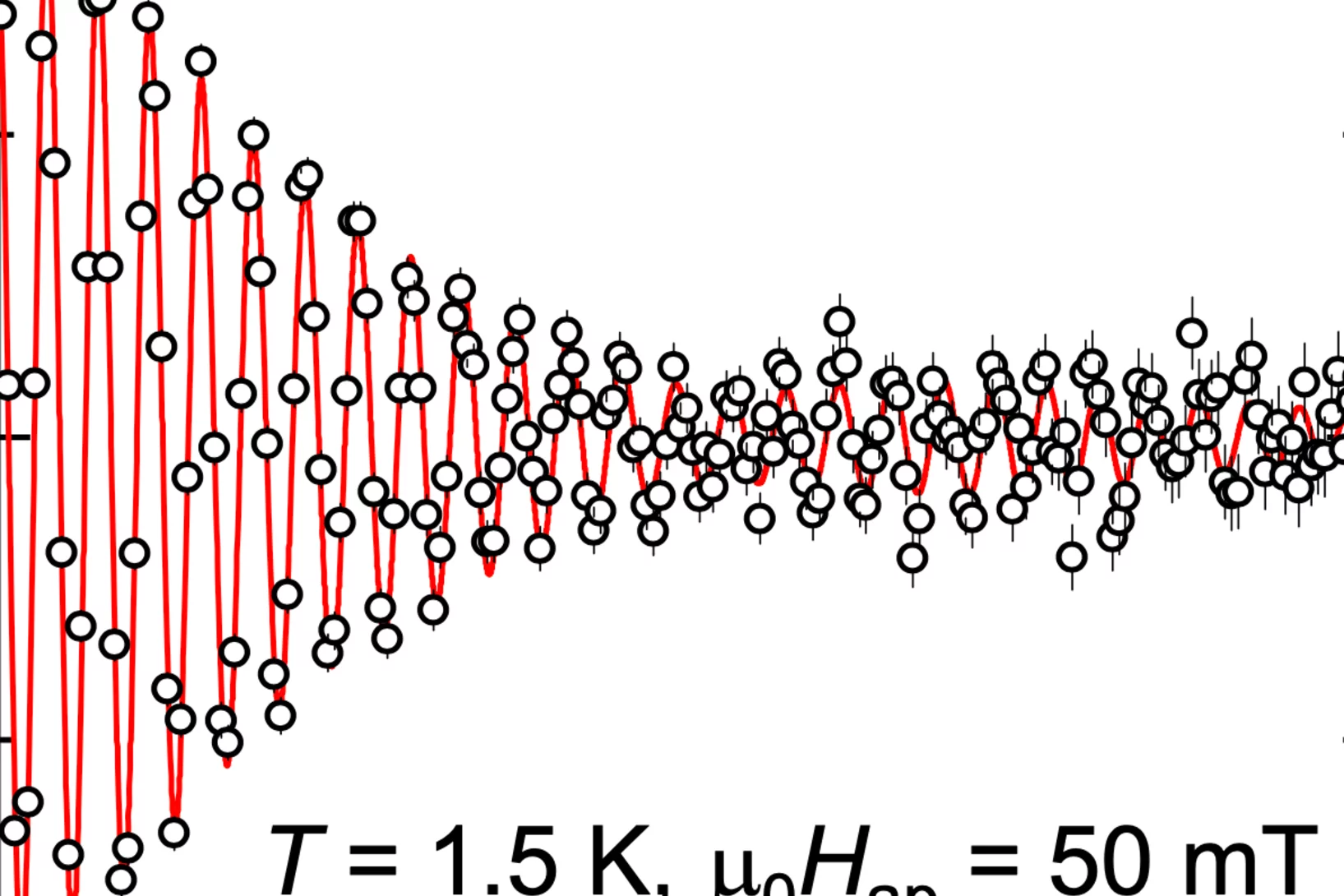Researchers at the Paul Scherrer Institute PSI are looking for answers to essential questions concerning the underlying structures of matter and the fundamental principles of nature. They study the composition and properties of elementary particles – the smallest building blocks of matter – or investigate the structure of biological molecules and how they perform their function. The knowledge gathered in this way opens up new approaches to finding solutions in science, medicine and technology.
Find out more at Overview Fundamentals of Nature
Highlights from the joint PhD Seminar in Rastatt
Participants from PSI-LEA, Russell McKenna’s Chair for Energy Systems Analysis at ETH Zürich, and Prof. Valentin Bertsch’s Chair of Energy Systems and Energy Economics at Ruhr University Bochum gathered in Rastatt, Germany, for a three-day seminar in February.
Microfluidic platform for in situ characterization of heterogenous catalysts
A deep understanding of active site architectures during surface-catalyzed reactions is a crucial step for the design of recyclable heterogeneous catalysts for organic synthesis. In this work, a droplet-based microfluidic setup was developed and applied to perform Suzuki-Miyaura coupling over heterogenous single-atom Pd-catalyst.
New nuclear medicine therapy successfully tested
A promising radiopharmaceutical against metastatic neuroendocrine tumours – developed at the Paul Scherrer Institute PSI – has been successfully tested.
Neuer Kunststoff-Gestalter
Ein hochwertiger Drucker für die Ausbildung der Konstrukteure EFZ.
2024 SPIE Advanced Lithography + Patterning, San Jose, California
2024 SPIE Advanced Lithography + Patterning symposium hosted leading researchers who are solving challenges in optical and EUV lithography, patterning technologies, metrology, and process integration for semiconductor manufacturing and adjacent applications. The symposium features six conference topics.
The Tipping Point!
Exciting to see that some of our research on Narwhal tusk made it into an educational videogame about climate change in the Arctic and its impact on some of its inhabitants!
Charge fractionalisation observed spectroscopically
Quantum mechanics tells us that the fundamental unit of charge is unbreakable – but exceptions exist.
InterAx Biotech revolutionises drug development with new modes of action
InterAx Biotech AG, a spin-off company of the Paul Scherrer Institute and ETH, is setting new standards in drug development with its advanced AI platform. By uncovering novel cellular signalling pathways, the company is paving the way for innovative therapies in the fields of diabetes, obesity and immuno-oncology.
Introduction to Muon Spin Spectroscopy
Alex Amato and Elvezio Morenzoni have published a new textbook entitled 'Introduction to Muon Spin Spectroscopy: Applications to Solid State and Material Sciences'. The book is ideal for a first course in muon spin spectroscopy (µSR), comes enriched with exercises and solutions to master the subject and includes practical examples to quantify key experimental parameters.
Observation by SANS and PNR of pure Néel-type domain wall profiles and skyrmion suppression below room temperature in magnetic [Pt/CoFeB/Ru]10 multilayers
The study presents a unique investigation of [Pt/CoFeB/Ru]10 multilayers, revealing suppressed skyrmion phases, intricate magnetic domain structures, and Néel-type domain walls, providing crucial insights for spintronic applications.
Excited about our first Joint PSI and Park Innovaare Career Fair, but not sure how to talk to company representatives?
We are all excited about our first Joint PSI and Park Innovaare Career Fair, and looking forward to lots of fruitful interactions between companies and early career researchers. We cannot wait to hear your success stories. But how do you start the conversation?
Spatially reconfigurable topological textures in freestanding antiferromagnetic nanomembranes
Researchers from the University of Oxford have imaged, through the use of the soft X-ray microscopy capabilities at the Swiss Light Source, spatially reconfigurable antiferromagnetic states in topologically rich free-standing nanomembranes
Schaltersystemtesttag
Der etwas andere Samstag ...
Cause of clogged hypodermic needles discovered
Researchers at PSI and the ANAXAM technology transfer center have found the cause of clogging in prefilled syringes.
Ideas with flair
The research carried out at PSI tends to be extremely complex and often difficult to describe. We gave researchers a tricky assignment: Sketch the basic idea of your research in a simple drawing.
Unraveling degradation processes in a bipolar membrane CO2 electrolyzer by time-resolved X-ray tomographic microscopy
Employing a bipolar ion conducting membrane (BPM) in forward bias is a convenient solution for the biggest issues in the more common anion exchange membrane (AEM) CO2 co-electrolysis: the degradation of the performance caused by carbonate salt precipitation at the cathode and the decrease of net CO2 conversion caused by the crossover of this molecule from cathode to anode also requiring energy for downstream gas separation. However, the performance and stability of this device remain largely insufficient when using such a BPM configuration. To understand the reasons for this, we performed time-resolved X-ray tomographic microscopy of an operating BPM CO2 electrolyzer. The imaging method reveals partly unexpected degradation processes that result in design recommendations for improvement.
Unveiling the Power of Flexoelectricity: A Breakthrough Research Project by Ambizione Awardee, Nikita Shepelin
The search for sustainable energy solutions is of utmost priority in modern society. Overcoming the challenges of energy conversion and storage is critical to reducing dependence on fossil fuels and harnessing renewable sources. Dielectric materials hold great promise for meeting these challenges, but current limitations prevent their widespread use.
Protons and other particles: The HIPA facility turns 50
Since 1974 HIPA has been accelerating protons for research.
Evening catering in Park Innovaare
From 04 March 2024 the new PSI restaurant in Park Innovaare offers delicious food during lunch and dinner from Monday to Friday.
Developing detectors to transform science with light (part 1)
Part I: How the Jungfrau detector went from inception to perfection to ubiquity.
Ptychographic Nanoscale Imaging of the Magnetoelectric Coupling in Freestanding Bismuth Ferrite Films
Through soft X-ray ptychographic imaging, researchers at the Swiss Light Source have directly imaged the magneto-electric coupling between the ferroelectric domain structure and the spin-cycloidal state in freestanding BiFeO3 thin films.
Phonon promoted charge density wave in topological kagome metal ScV6Sn6
Charge density wave (CDW) orders in vanadium-based kagome metals have recently received tremendous attention, yet their origin remains a topic of debate. The discovery of ScV6Sn6, a bilayer kagome metal featuring an intriguing √3 × √3 × √3 CDW order, offers a novel platform to explore the underlying mechanism behind the unconventional CDW. Here we combine ...
Ben Gayther successfully defends his thesis
Ben Gayther developed calibration algorithms, carried out detailed studies on the use of timing information in reconstruction, and contributed to the integration run at PSI. He has now successfully defended his thesis at University College London.
Welcome to LXN Nicolai Taufertshöfer
Herzlich Willkommen Nicolai Taufertshöfer im LXN!
Job shadowing for academics with disabilities or chronic illnesses at PSI
PSI is participating in the MyAbility Talent Programme for the first time. This programme connects students and experienced academics with disabilities or chronic illnesses with companies.
Tuning of the flat band and its impact on superconductivity in Mo5Si3−xPx
The superconductivity in systems containing dispersionless (flat) bands is seemingly paradoxical, as traditional Bardeen-Cooper-Schrieffer theory requires an infinite enhancement of the carrier masses. However, the combination of flat and steep (dispersive) bands within the multiple band scenario might boost superconducting responses, potentially explaining high-temperature superconductivity in cuprates and metal hydrides. Here, we report ...
SRF material research using muon spin rotation and beta-detected nuclear magnetic resonance
Muon spins precess in transverse magnetic fields and emit a positron preferentially in the spin direction at the instant of decay, enabling muon spin rotation (μSR) as a precise probe of local magnetic fields in matter. μSR has been used to characterize superconducting radio-frequency (SRF) materials since 2010. At TRIUMF, a beam of 4.2 MeV μ+ is implanted at a material-dependent depth of approximately 150 μm. A dedicated spectrometer was developed to measure the field of first vortex penetration and pinning strength in SRF materials in parallel magnetic fields of up to 300 mT. A low-energy beam available at PSI implants μ+ at variable depth in the London layer allowing for direct measurements ...
Altermagnetism proves its place on the magnetic family tree
Experiments at the Swiss Light Source SLS prove the existence of a new type of magnetism, with broad implications for technology and research.
Congratulations Dr. Boyang Zhou and Dr. Amirreza Hemmatzade!
Recently, Boyang Zhou (left) and Amirreza Hemmatzade (right) have successfully defended their PhD theses conducted at LNS.
11 February: International Day of Women and Girls in Science - Encouraging equal opportunities in research
On February 11, we celebrate the International Day of Women and Girls in Science. Here you will find out what PSI actively contributes to the promotion of female scientists and we introduce you to five female scientists in a short portrait!






























